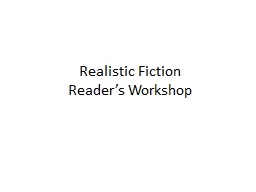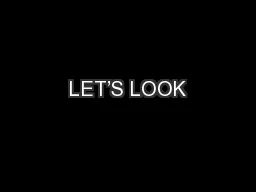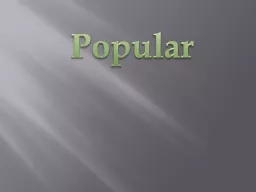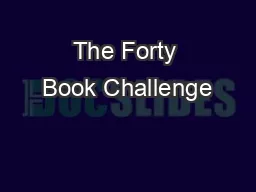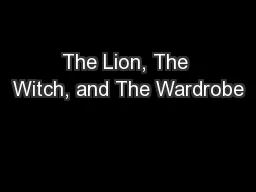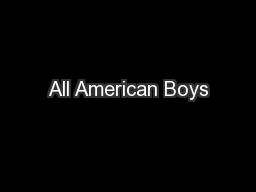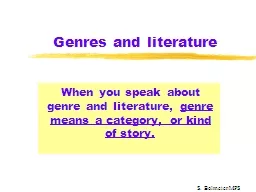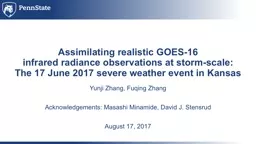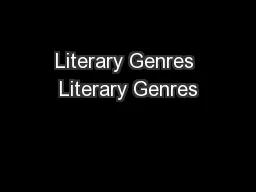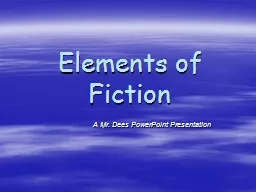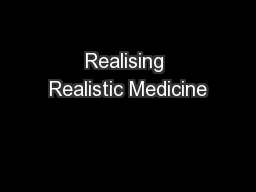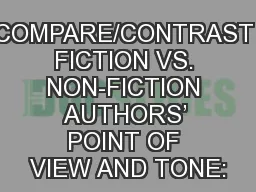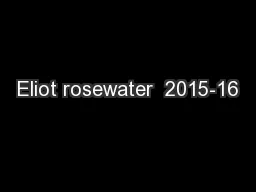PPT-Realistic Fiction Reader’s Workshop
Author : cheryl-pisano | Published Date : 2019-06-29
Realistic Fiction Day 1 Teaching Point Good readers know the characteristics of realistic f iction It could happen It has a realistic setting Characters are true
Presentation Embed Code
Download Presentation
Download Presentation The PPT/PDF document "Realistic Fiction Reader’s Workshop" is the property of its rightful owner. Permission is granted to download and print the materials on this website for personal, non-commercial use only, and to display it on your personal computer provided you do not modify the materials and that you retain all copyright notices contained in the materials. By downloading content from our website, you accept the terms of this agreement.
Realistic Fiction Reader’s Workshop: Transcript
Download Rules Of Document
"Realistic Fiction Reader’s Workshop"The content belongs to its owner. You may download and print it for personal use, without modification, and keep all copyright notices. By downloading, you agree to these terms.
Related Documents

